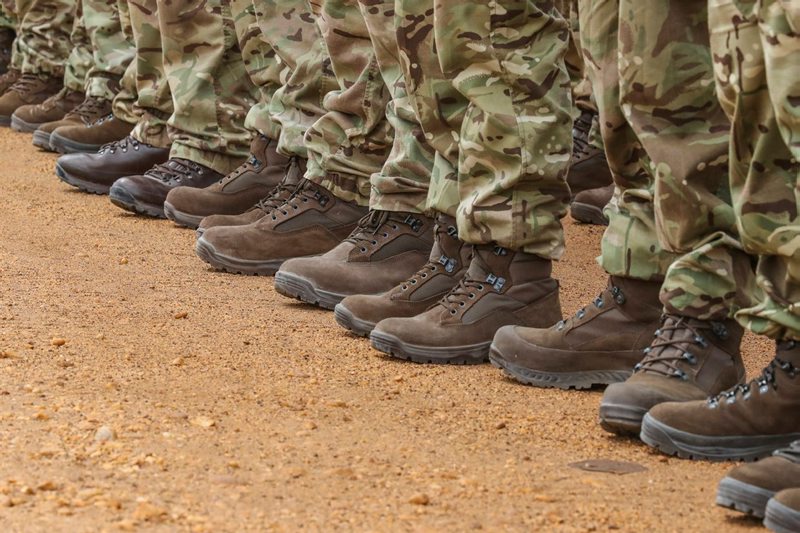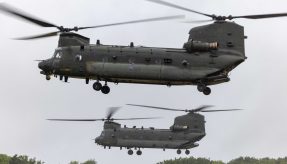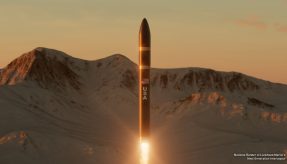
The UK MOD is facing tough financial choices says RUSI professor Dr Peter Roberts, Director of Military Sciences.
In its latest comment, the Royal United Services Institute, says that the British military is facing a ‘black hole’ of financing over the next ten years, with amounts up to £20Bn (some five per cent of projected spending commitments) to be found.
Dr Peter says: “Meeting this challenge will require either a large uplift in cash from the Treasury or a significant reshaping of government aspirations.”
This leaves a very difficult choice for the government and MOD, do they look at deleting capabilities when technology and innovation is rapidly developing?
Dr Peter suggests that previously ‘ring-fenced’ projects, such as the National Offensive Cyber Programme, may have their budget cut, alongside the delay or halt of new capabilities. He says that even radical measures may not be enough to secure funds to complete commitments.
The RUSI expert goes on to suggest where financing could be found. “The UK has retained two independent formations for the purpose of theatre entry – that is, breaking into a conflict zone: by sea with 3 Commando Brigade and the Royal Navy’s amphibious capability; and by land with 16 Air Assault Brigade.
“Given the overall size of the Armed Forces now, and the assumptions of major operations taking place solely as part of an alliance or a coalition, is it time to examine amalgamating these capabilities into a single Spearhead Brigade with this role?”
This, he says, would allow the navy flexibility to man one, or both, of the new aircraft carriers.
More savings could be found through looking at less expensive capital ships, as the US Marine Corps and US Special Forces Command have found. Giving to the ability to purchase aircraft with greater airlift capabilities, such as a fleet of V-22 Osprey helicopters.
Decisions could also be made around the F-35B Lightning in light of this, says Dr Peter, “Without the need to support two separate theatre entry formations, the new Lightning II force could be shrunk to become the dedicated aviation support to the new Spearhead force, manned by a Fleet Air Arm and supported by RAF infrastructure.
“Uplifting Typhoon numbers could provide the RAF with sufficient mitigation (at a lower cost) to focus on delivering current operations while transitioning to an unmanned combat fleet over the next 30 years.”
The mix would work well, he argues, particularly with regard to being a key ally of the US. It would also help support Britain’s industrial base, growing aerospace sector and defence supply chain.
“The US might also be on the verge of taking such an approach:” he says “the US Marines will undoubtedly continue to transition to the F-35B, but it is possible that the carrier version of the Joint Strike Fighter, the F-35C, will never make it on to US Navy carriers.”
Further to this, the RAF could play a leading role, if it adopts that role now. Roberts is full of praise for Air Chief Marshal Sir Stephen Hillier, a man he calls: “a visionary” and capable of delivering such a challenging position.
Finally Dr Roberts sees the long-term redress of balance in the Armed Forces, between the smaller high readiness group and the greater body of the Army which is on lower-readiness, as crucial to balancing the books.
He explains: “In purely financial terms, there is an argument for shifting the balance of priorities and investment between these two forces towards the former, accepting that in doing so, one could weaken the overall defence posture of the UK.”
He warns that such decisions: “should not be miscommunicated as improved capabilities for the forces. These choices cut capability and would harm the already fragile morale of uniformed and civilian staff. They would also undermine the Armed Forces’ ability to protect and defend the country in the long term.”
A difficult choice lies ahead between equipment and manpower in order to keep defence commitments.
If you would like to join our community and read more articles like this then please click here








